How to make your backyard a Hummingbird sanctuary!
Hummingbirds are among the most charming birds, captivating us with their tiny size, colorful feathers and rapid wingbeats. If you'd like to see more hummingbirds in your yard, you need to provide the right food sources and habitat to suit their needs. Here's everything you need to know to feed hummingbirds and create a welcoming environment for these tiny acrobats.
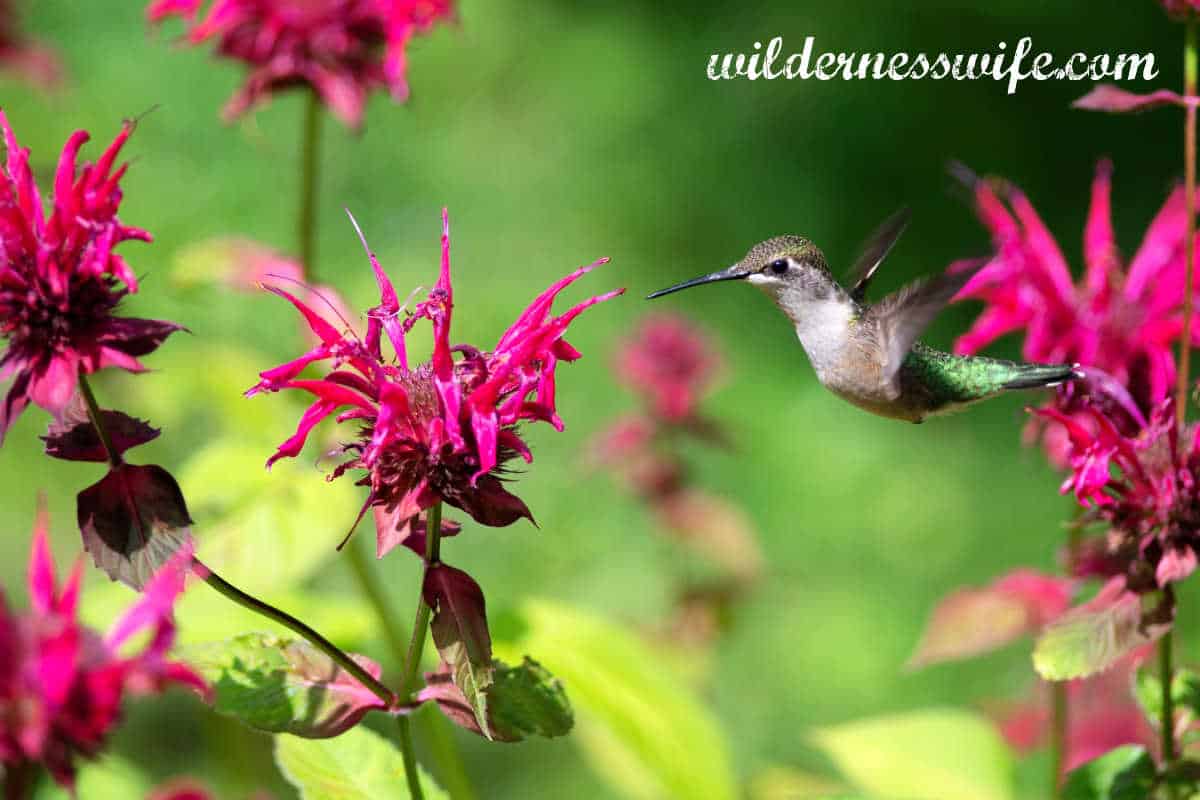
For hummingbirds, it's all about the food!
No, their not tiny feathered gourmets! But they are high energy and because of that hummingbirds require lots of calories. Their primary source of food is nectar that they get from flowers. For some reason they prefer red and orange flowers so trumpet vine. bee balm, trumpet honeysuckle, salvia, phlox and columbine are very popular with hummingbirds.. Take into consideration your climate when choosing additions to your landscape. The best choice is native plants for hummingbirds. Planting those types of plants in your yard will help attract them.
Hummingbird feeders are also a way to attract humming birds. When choosing a feeder provide them with their feeding needs and there are many decorative feeders available for that. Do not use red food coloring in your hummingbird food as an attracter for your hummers. The red coloring of the feeder is enough to attract them but the food coloring in their food could contain harmful ingredients toxic to hummingbirds.
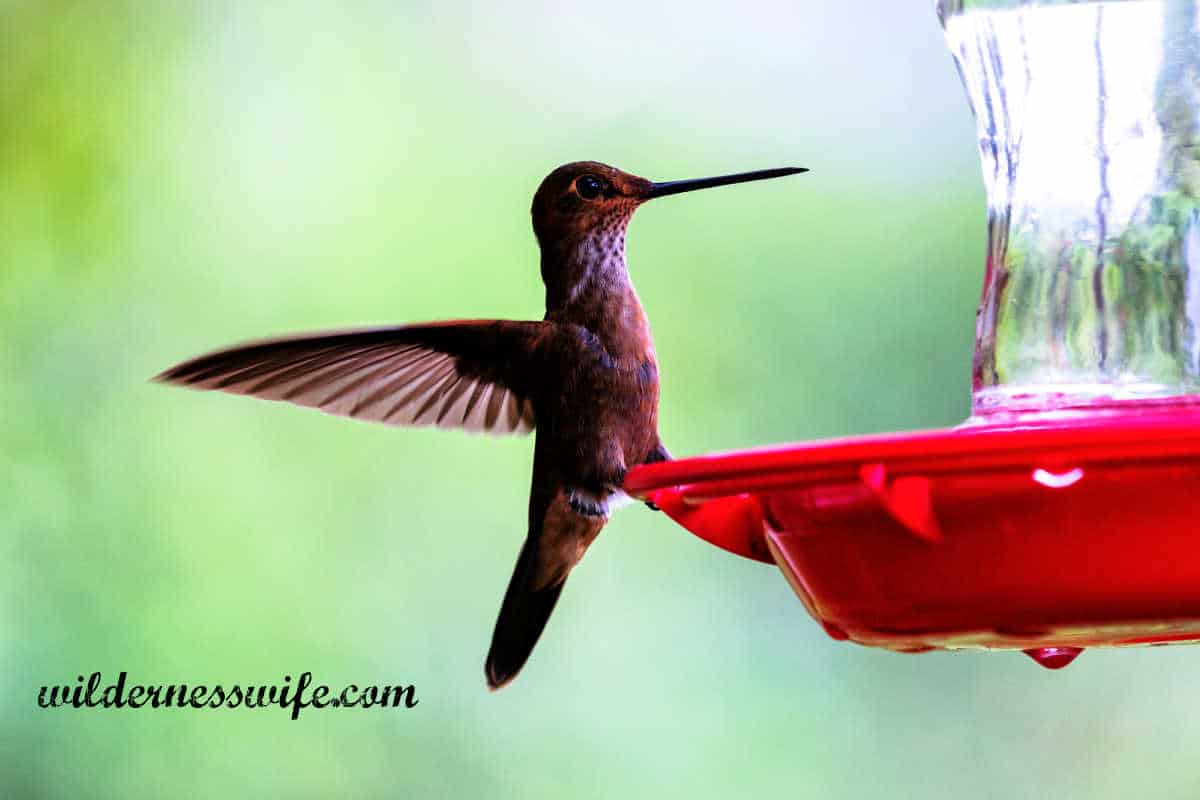
Selecting a Hummingbird Feeder
There are hundreds of designs for hummingbird feeders, from cheap plastic ones to blown glass works of art. The important factors are choosing one that is red with multiple feeding ports that comes apart easily for cleaning. Its all personal aesthetics once it meets that criteria.
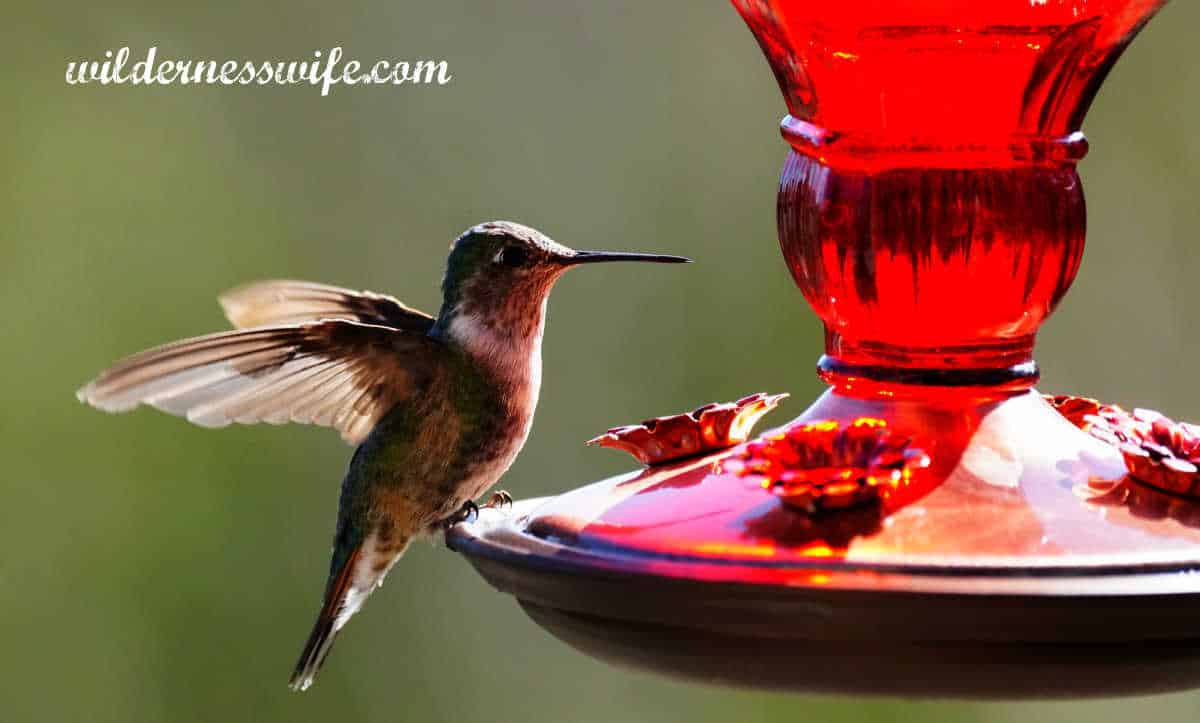
Caring for a Hummingbird Feeder
With a hummingbird feeder comes a serious responsibility! We're talking a matter of life and death. If you cannot devote the time and the consistency to maintain a feeder on a regular schedule, just plant the flowers and be done with it. If a hummingbird feeder and the nectar in it, is left for days at a time, it can become a serious death threat to the little birds. Hummingbird feeders must be kept immaculately clean, and the artificial nectar must be changed frequently. If the weather is 60F or cooler it can last for 2-4 days but when the weather is in the 90's it should be changed daily. Because of the high sugar content the artificial nectar is prone to bacterial and fungal growth. Every time you change the food, the feeder must be cleaned thoroughly.
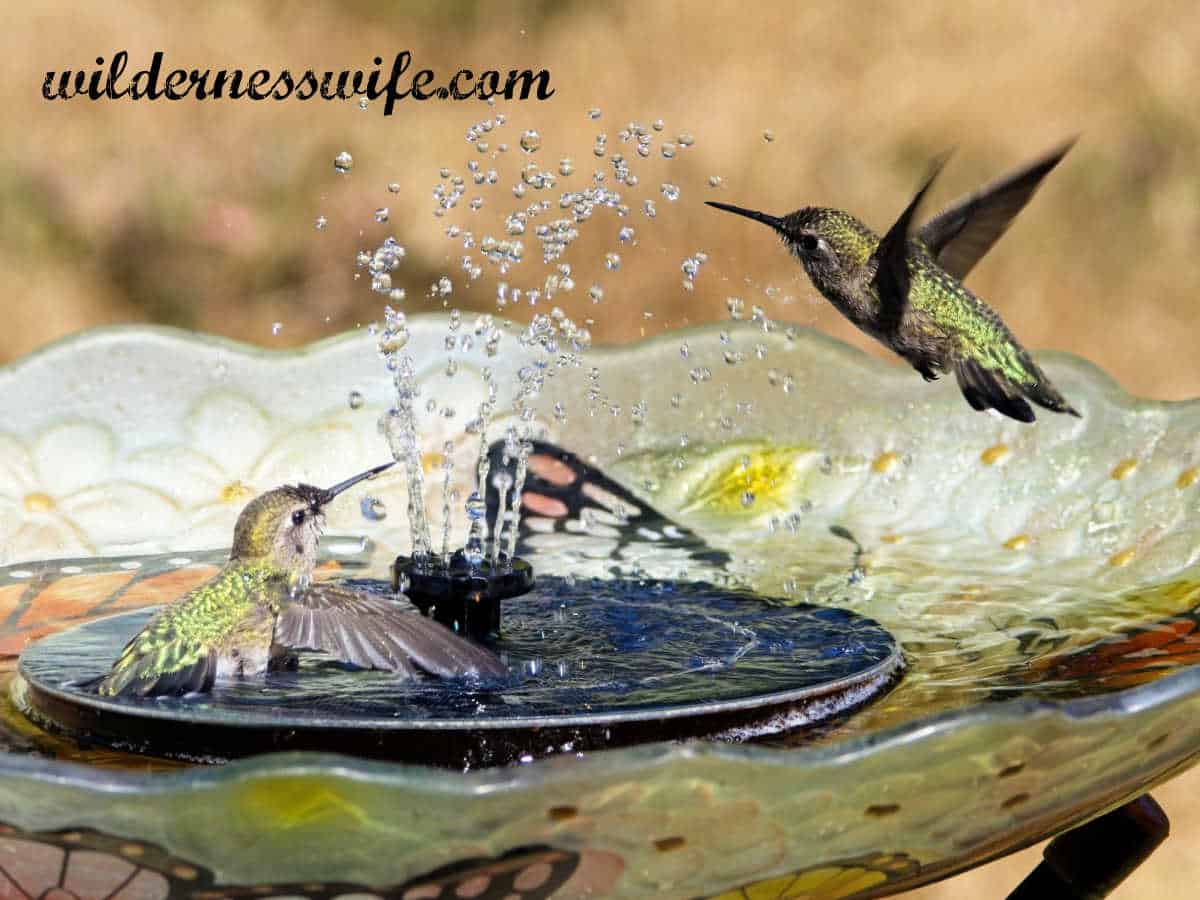
Placement of the Hummingbird Feeder
There are lots of things to take into consideration regarding the placement of your hummingbird feeder. It's important to place the feeder in the shade. That keeps the "nectar" out of the direct rays of the sun which will cause the feeder contents to heat up creating an environment that would encourage bacteria and fungus growth. Another consideration is cats. They are predators that will be attracted to the area around the feeder as a prime hunting ground. To keep the little "hummers" safe the feeders should be placed high of the ground away from any places cats can use to hide and launch themselves at their prey. Hummingbirds tend to be territorial so if you have more then one feeder be sure to spread them far apart. The pictures of multiple hummingbirds hovering around a feeder are hard for me to believe. My experience is they are aggressive little birds who have dive bombed me when I go out in the yard to maintain their feeders. They spend more time chasing each other than feeding.
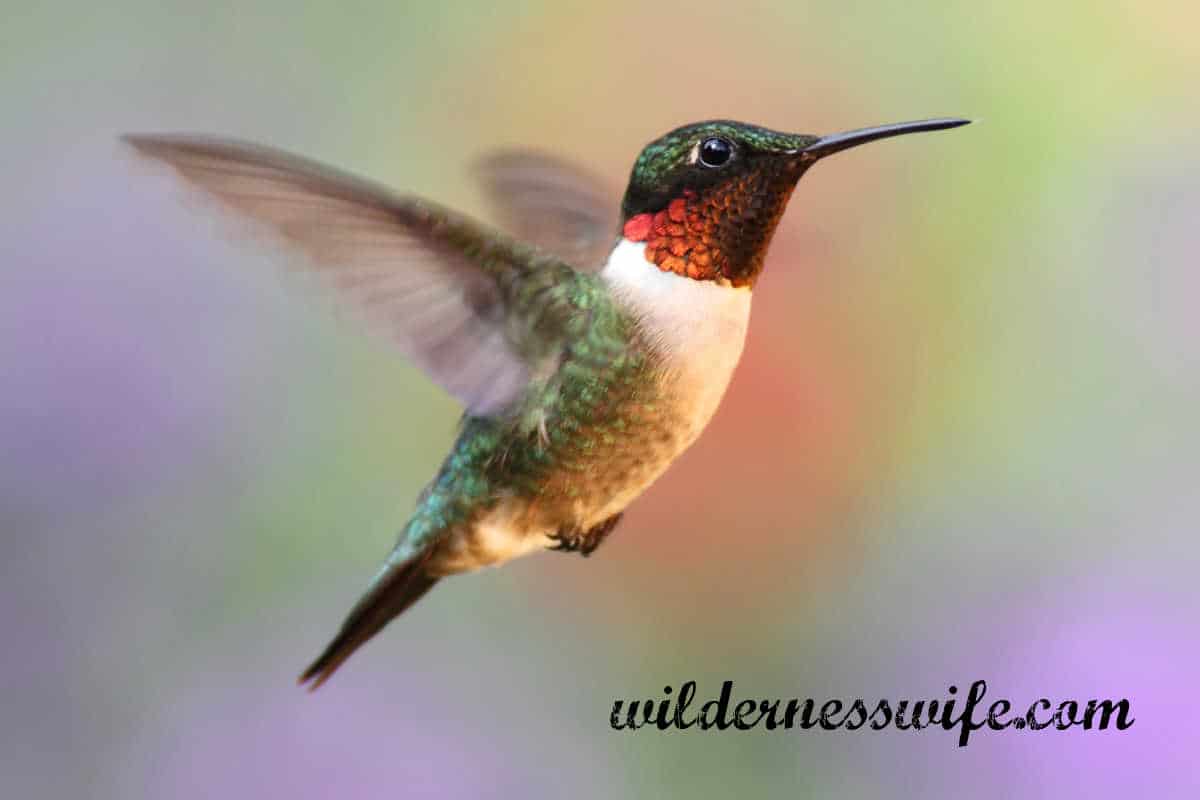
How to clean a hummingbird feeder
As stated above, hummingbird feeders must be kept clean. Leaving them dirty with nectar that has gone bad will hurt more little birds than they help. In weather that is 60F or lower a feeder can be left for 3 days but when the temps rise to a sweltering 90 they should be changed daily. They should be emptied and thoroughly rinsed out. The feeders should then be soaked in a vinegar and water solution (2 parts water, 1 part vinegar) for 30 minutes to sterilize them, then rinsed again and left to air dry. The homemade DIY hummingbird nectar should be boiled so that it starts out sterile.
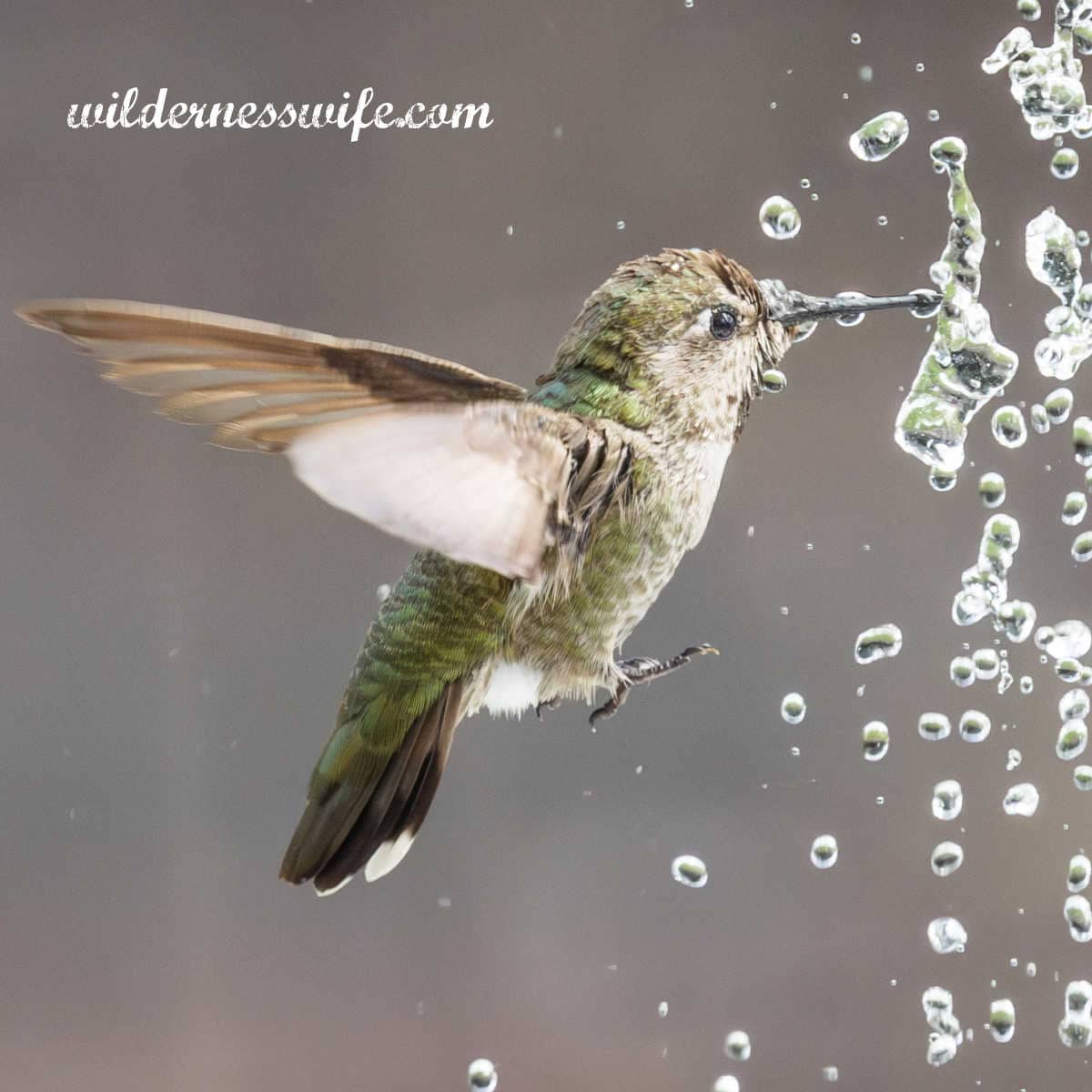
Additional Tips for Attracting Hummingbirds
- Offer Fresh Water: Small shallow birdbaths with clean water can attract hummingbirds.
- Avoid Pesticides: Pesticides can harm hummingbirds and their food sources.
- Create Shelter: dense shrubs and trees provide perching and nesting sites.
- Red Food Coloring: Do not color the nectar red as the colored die can sicken the little birds.
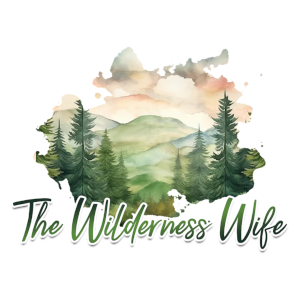
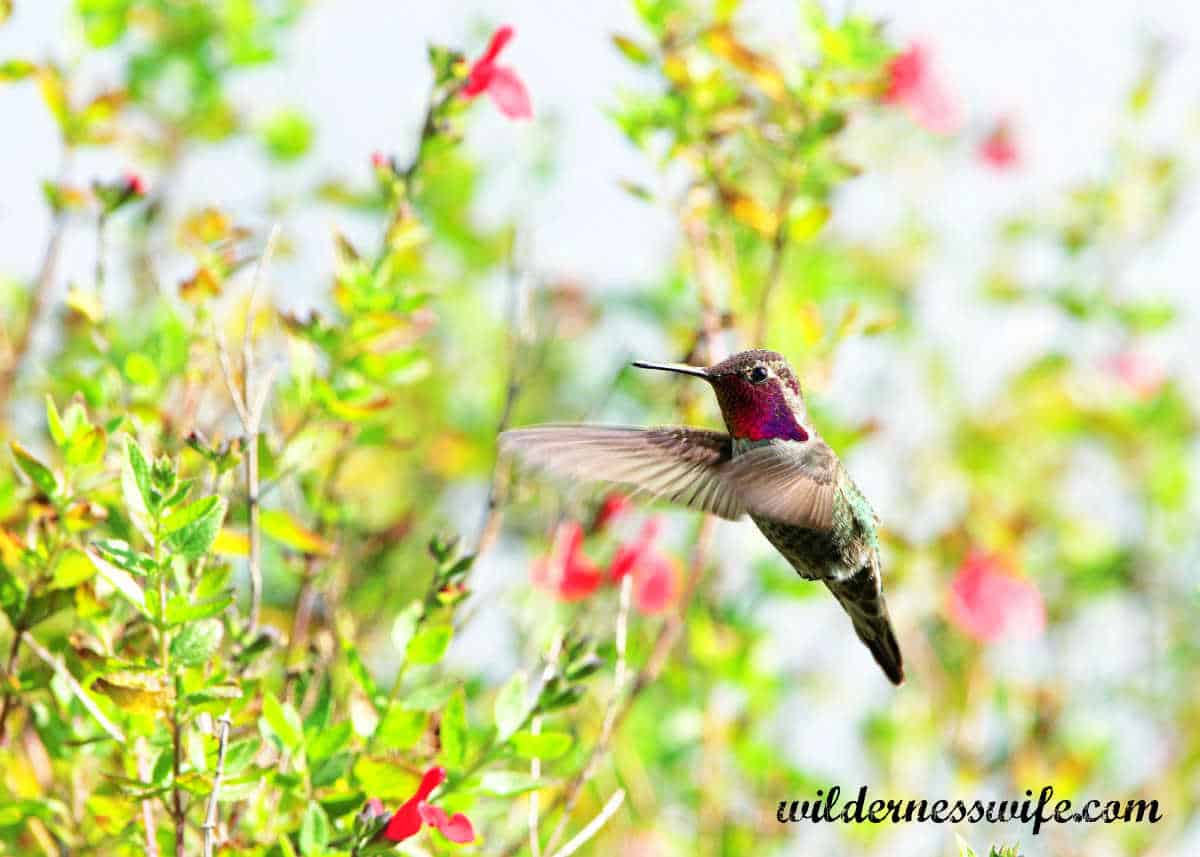




Leave a Reply